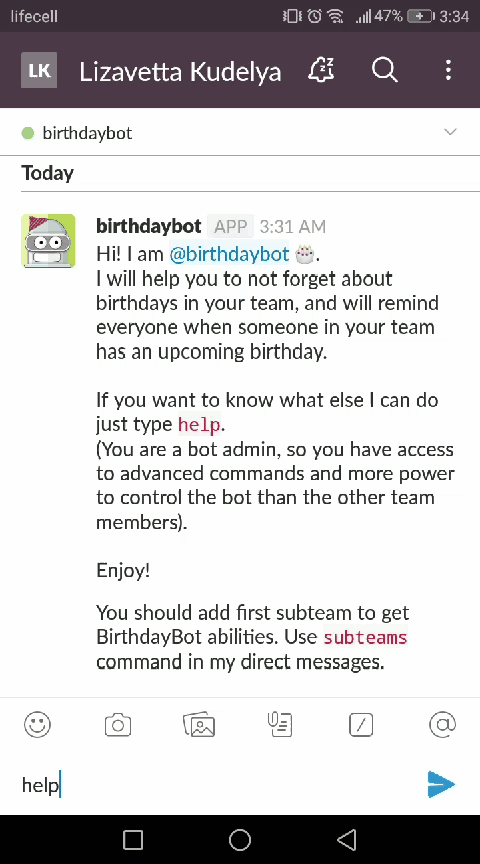СUI stands for the conversational user interface. It is the concept of a user interface, which communicates with the user through a dialogue. Its main task is to simplify user interaction with the product using voice interfaces and messengers. CUI is used for creating chatbots and voice assistants to give them “humanity”. Nowadays, hardly anyone uses these principles as most people set up interaction scenarios intuitively.
The computer is multi-tasking, multi-interface, and multi-window. Its interface provides shared multitasking. The user has a wide choice of actions and possible commands. Browsers, programs, and even messengers have this feature, which is not the case with chatbots.

Interaction with the bot occurs only through the input line or voice input. Communication with the help of buttons, which are essentially quick commands, occurs through the same line.
The input interface of the chatbot is similar to the command line interface. That brings it back to the time when the computers were completely controlled by the command line, and you could specify one command at a time. It makes it difficult to understand what to say to the bot so that it will understand you correctly and will do what you expect from the bot.
When the command line turned into a graphical interface Norton Commander, the interaction became immediately easier and clearer. It allows you to see all the commands, understand what to press/enter, and how to get the desired result.

Interface capabilities for users can be conditionally placed on the scale of involvement, where the minimum choice will be for users of the voice interface, and the maximum for those of virtual reality (in theory - unlimited choice).

As you can see, the chatbot is situated in the left half of this scale, after the voice interface. It means that the chatbot's text interface has slightly more capabilities than the voice interface, but it is still not many. You need to take this into account when creating a bot and maximize these opportunities to the fullest extent possible.
If the chatbot serves as a substitute for a real person, then it should:
When the user carries on a correspondence with a real person, the person won’t require the precise input of commands or ask the same question endlessly and repeat this question. The person will ask additional questions, trying to solve the appearing problem. So with the help of a well-constructed CUI, the bot will be able to understand what the user is waiting from him, even with not exactly entered commands, and give a meaningful answer.
CUI conception for communication between the user and the bot is based on a large number of possible scenarios. These scenarios are thought out in a dialogue format, where every message from the bot ends with a question or suggestion to the user. A set of scenarios looks like a decision tree, along which a chain of reactions is formed for every user action.
To choose the right scenarios, as well as to recognize the meaning of the entered or spoken phrases, natural language recognition systems based on machine learning are used.

A user rates the quality of a chatbot taking into account its functionality, clarity, and absence of tight corners. And it is the forethought of the decision tree which affects the clarity of the chatbot for the user, and the absence of tight corners. There is a simple tool to check its work - botsociety. Botsociety allows you to get rid of all the scenarios in the decision branch in order to find and correct all tight corners.
Sometimes the common CUI format for the chatbot is not enough, or it doesn’t quite fit the format. In such cases, it is worthwhile whether to combine the CUI with the GUI, or to exit the bot interface in general.
Here there are just a couple of examples where the CUI should be complemented with other elements.
In this situation, it is necessary to let the user understand that the final key decision or the check of the decision will be carried out by a human being. A bot can issue one of such messages to the user or provide an opportunity to contact the operator, and the level of trust in the bot will increase.
It is better to use forms to avoid mistakes and simplify the input of important data.
Communicating with a bot or voice assistant must match the principles formulated by Paul Grice: the communication must be truthful, informative and relevant to the direction of the dialogue.
There should not be a “happy path” that you need to go through for getting the result or the need to say strictly defined words. The chatbot must use algorithms in order to use all the capabilities of the language and make the communication close to those with the person, inviting the customer to use other types of interfaces, if necessary.